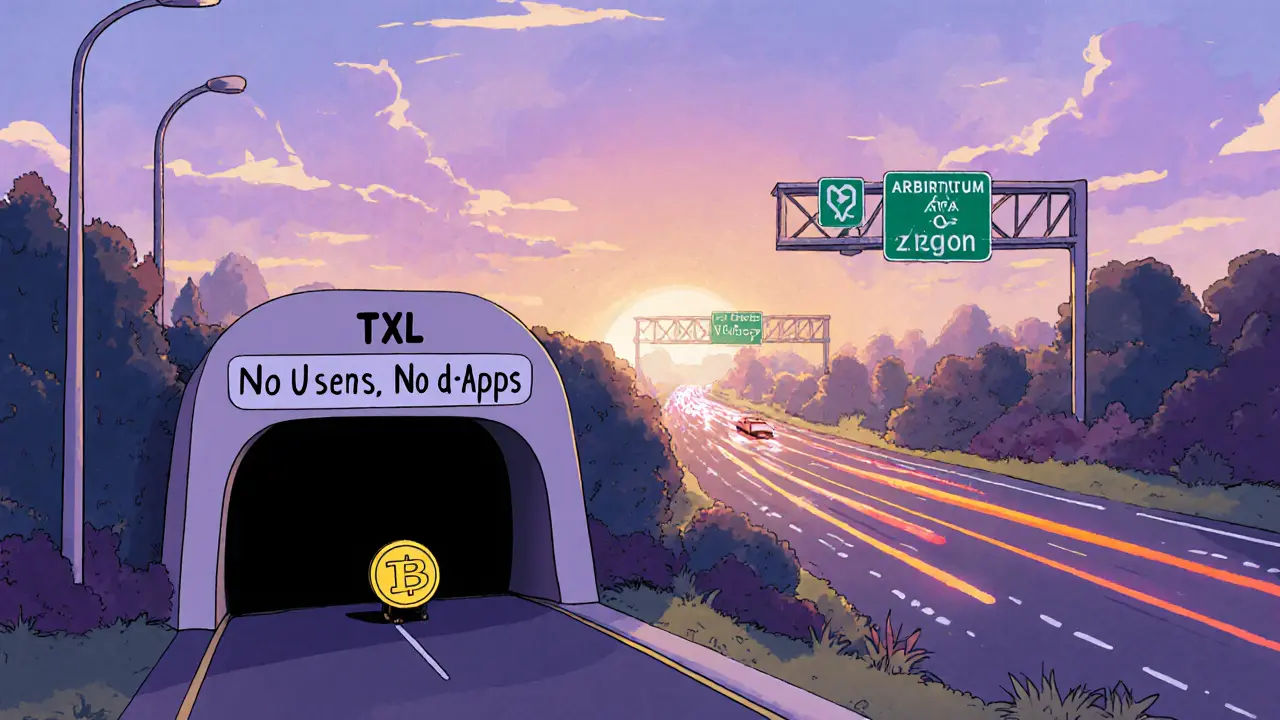Autobahn Network: What It Is and How It Connects Crypto Projects
When you hear Autobahn Network, a blockchain infrastructure protocol built to enable fast, secure communication between different blockchains. It's like a high-speed highway for crypto data, letting tokens, smart contracts, and user identities move smoothly from one chain to another. Unlike bridges that just move assets, Autobahn Network focuses on full interoperability — think of it as letting Ethereum talk directly to Solana without needing a middleman.
This isn’t just theory. Projects using cross-chain protocols, technologies that allow blockchains to share data and execute actions across networks are growing fast. Autobahn Network stands out because it doesn’t rely on centralized relays or trusted oracles. Instead, it uses a decentralized verification layer that’s lightweight and designed for real-world speed. That means dApps built on it can offer users seamless experiences — like swapping tokens between chains without switching wallets or waiting hours for confirmations.
It also ties into how decentralized finance, financial systems built on blockchain without banks or intermediaries is evolving. If you’re using a DeFi app that lets you stake on one chain and borrow on another, chances are it’s using something like Autobahn Network under the hood. The goal? To break down silos. Right now, most blockchains are islands. Autobahn Network is trying to build the tunnels between them.
What you’ll find in the posts below aren’t fluff pieces or hype cycles. These are real breakdowns of how Autobahn Network works, who’s building on it, and what it actually means for your wallet. You’ll see comparisons with other interoperability tools, deep dives into its security model, and clear explanations of why it matters if you’re trading, staking, or just trying to use crypto without jumping through hoops. No marketing jargon. Just facts, patterns, and what you need to know before you interact with any project tied to it.
